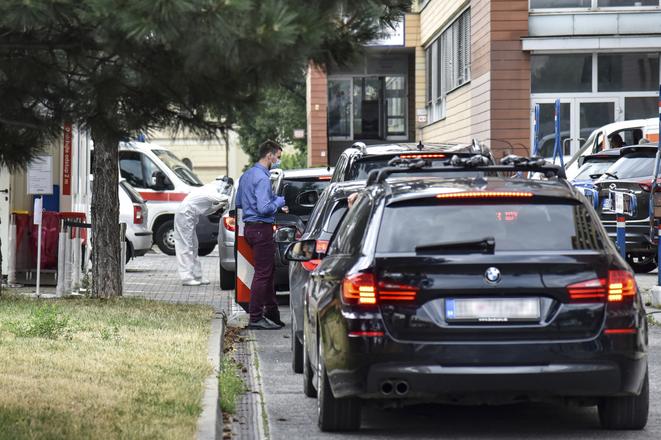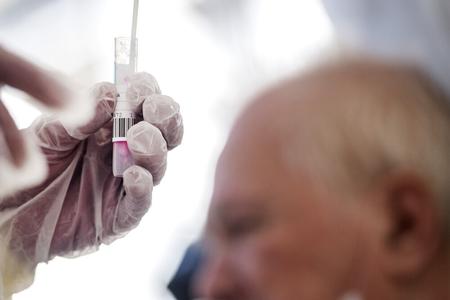Our paywall policy:
The Slovak Spectator has decided to make all the articles on the special measures, statistics and basic information about the coronavirus available to everyone. If you appreciate our work and would like to support good journalism, please buy our subscription. We believe this is an issue where accurate and fact-based information is important for people to cope.
After a thorough analysis of the latest statistics, Bratislava will turn the lights on its COVID-19 semaphore warning system to red.
As a result, the city has strengthened preventive measures for seniors and restricted visits in four retirement homes and other nursing care facilities administered by the city, with effect from September 2 at the earliest.
It also introduced some limits to mass events that it now considers risky.
"We realise that stricter anti-epidemic measures may impact the lives of the city inhabitants, so we don't underestimate them," Mayor Matúš Vallo wrote on Facebook, explaining that they make decisions only if necessary. "The data from the last couple of days confirmed that the epidemic situation in Bratislava has worsened, and two of the monitored indicators have moved to the red zone."
What preventive measures will be adopted:
the regular supply of protective equipment and disinfection to facilities falling under the city's administration;
temporary restriction of visits to four retirement homes administered by the city, in which mostly fragile and chronically ill clients reside, namely Gerium, Archa, Petržalský Domov Seniorov, and Domov Jesene Života, as well as the wards of three other facilities (Domov Pri Kríži, Domov Seniorov Lamač, Dom Tretieho Veku);
strengthening the technical equipment of facilities (like access to tablets and computers), so that clients can contact their families and loved ones, and supporting the better quality of life of clients in the above-mentioned facilities;
the temporary suspension of collective activities in closed spaces with a high potential for spreading the coronavirus (e.g. masses, meetings, celebrations, etc.);
isolation spaces for potential COVID-19 clients, served by trained staff wearing protective equipment;
preparations for testing key employees in direct contact with service recipients (including non-professional staff) who have been exposed to risks. This includes the testing of staffwho have been abroad for more than two day.



